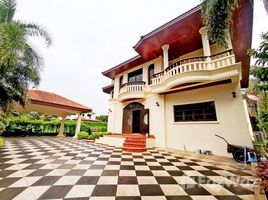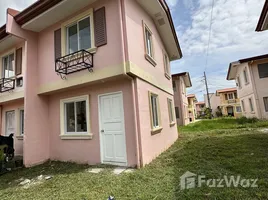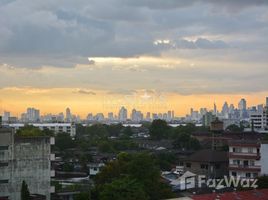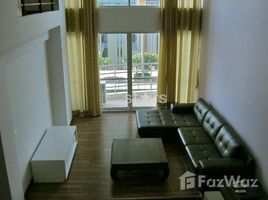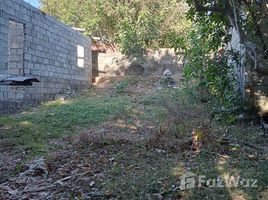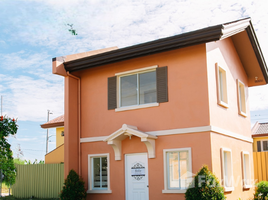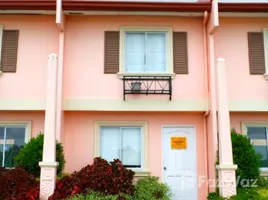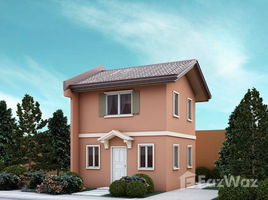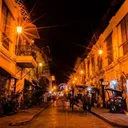- List your property - it's free
- Sign up or Log in
-
English- en
-
PHP - ₱
- Buy
- Philippines Property For Sale
- Philippines Real Estate
- See Newest Listings
- Why Buy with FazWaz.ph
- Rent
- Philippines Property For Rent
- Philippines Market Overview
- See Newest Rentals
- List your Rental
- Sell
- Projects
- Project Directory





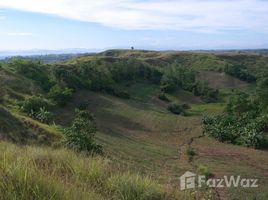









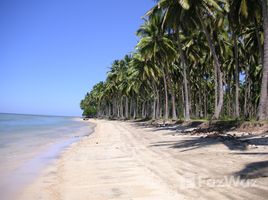




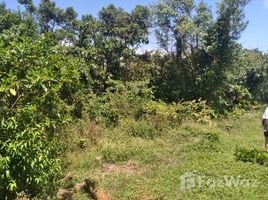









 Don't miss out!
Get notified when new properties for sale are listed in the Philippines
Don't miss out!
Get notified when new properties for sale are listed in the Philippines





